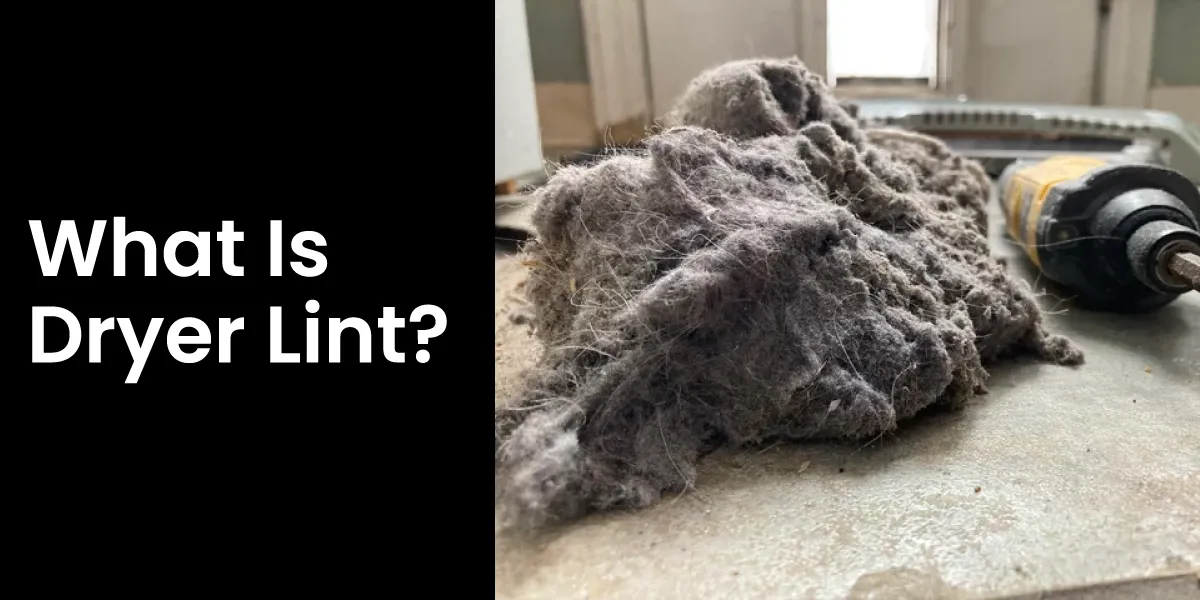Dryer lint is composed of tiny fibers that become loose from clothes, towels, and other textiles during the washing and drying process. These fibers are made up of various materials such as cotton, wool, synthetic fibers, and even human and pet hair. The lint trap in dryers is designed to catch most of the lint, but some can pass into the dryer vent, leading to clogs and potential fire hazards.
How is Dryer Lint Formed?
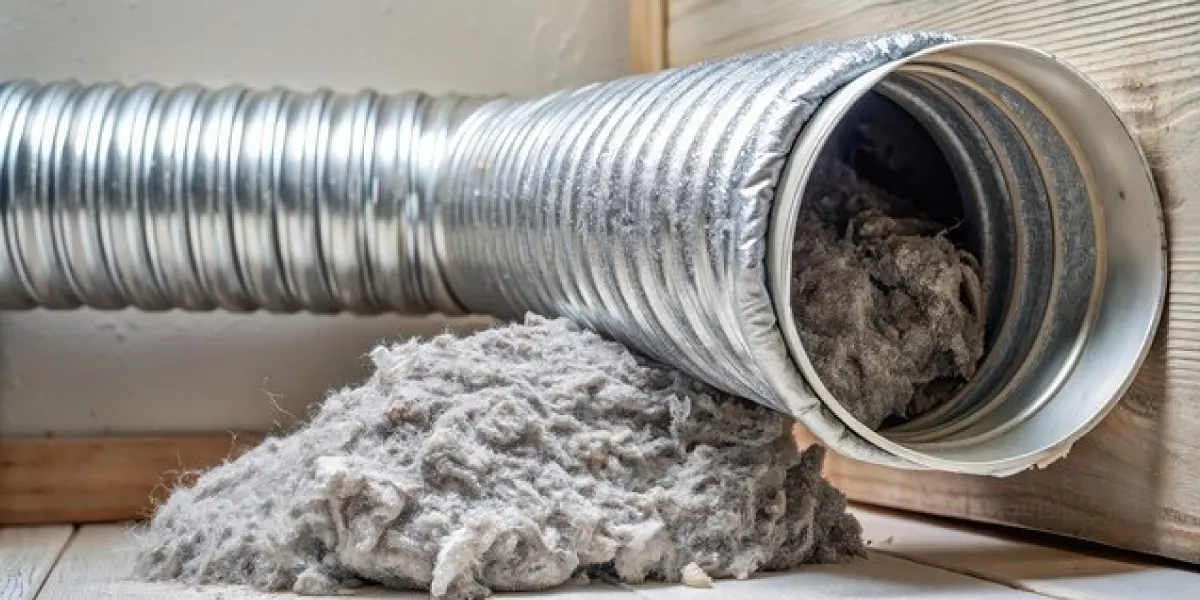
The creation of lint intensifies in the dryer due to the heat and motion causing more fibers to break away. The friction between the fabrics, the dryer’s drum, and the hot air all contribute to the dislodgment of fibers. These released fibers are then carried by the airflow towards the lint trap, which captures most of them, but some can escape into the dryer vent.
The Risks of Dryer Lint
Dryer lint is highly flammable and can cause fires if not properly managed. The U.S. Fire Administration reports that dryer fires are responsible for numerous fires each year, with 34% of these fires caused by a failure to clean the appliance. The accumulation of lint in dryer vents restricts airflow, causing the dryer to overheat and potentially start a fire.
Preventing Lint Buildup and Ensuring Safety
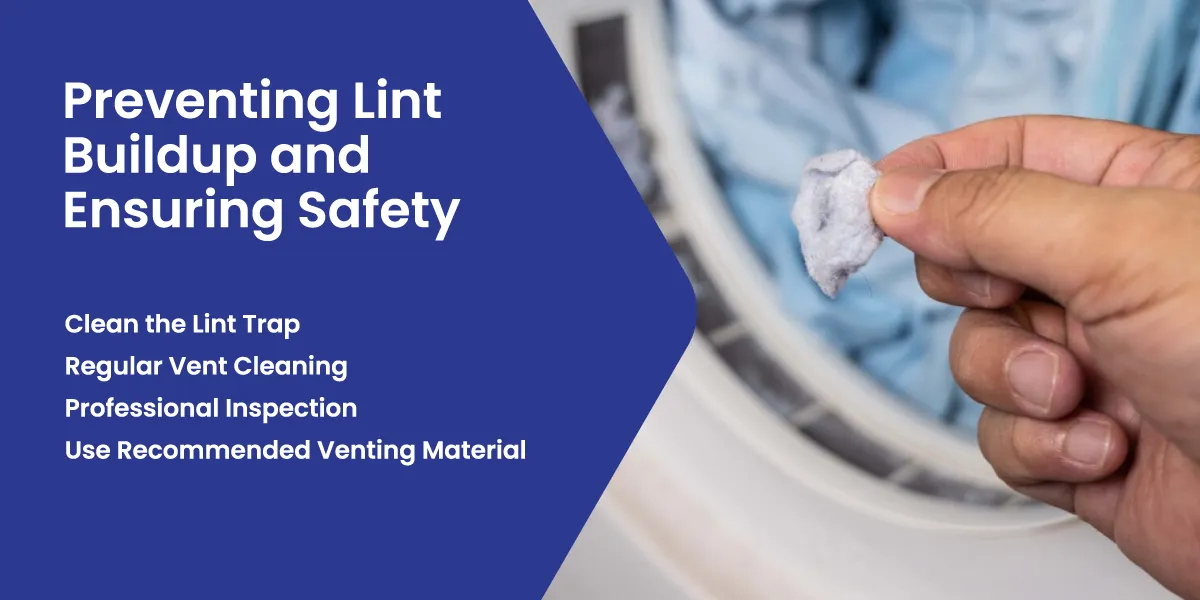
To mitigate the risks associated with lint buildup, several preventive measures can be taken:
- Clean the Lint Trap: After every load, remove and clean the lint trap thoroughly.
- Regular Vent Cleaning:Clean the dryer vent at least once a year or more frequently if you notice your dryer’s performance is lagging.
- Professional Inspection: Consider hiring a professional to inspect and clean your dryer vent system to ensure it is up to code and functioning properly.
- Use Recommended Venting Material: Always use venting material approved by your dryer manufacturer, typically smooth metal ducting.
How often should I clean my dryer vent
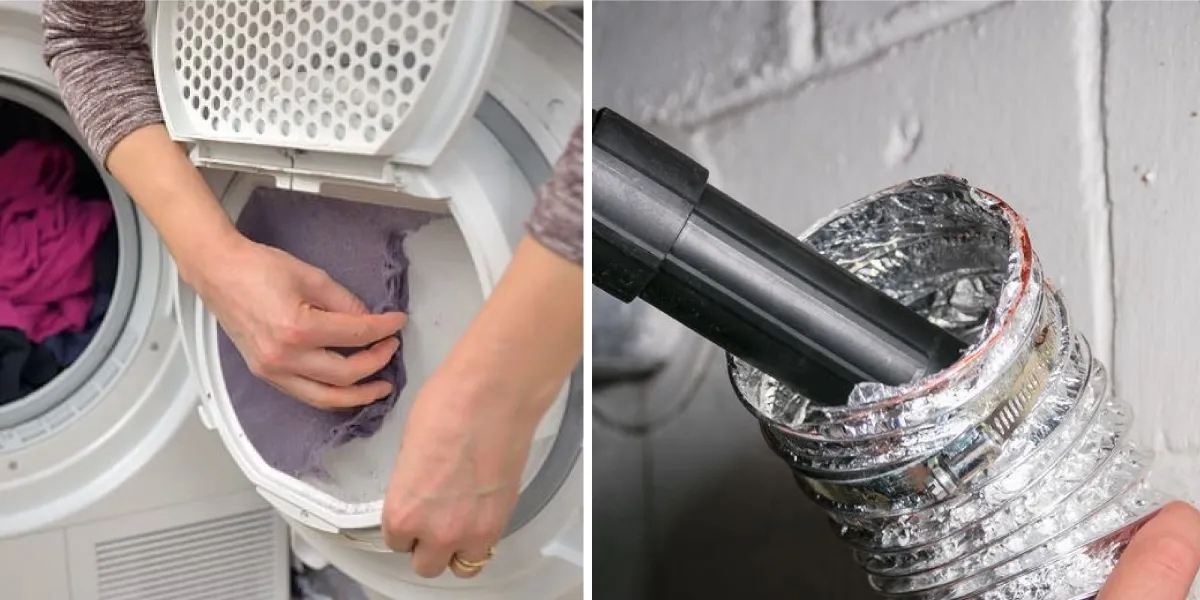
The frequency of cleaning your dryer vent depends on several factors, including the size of your household, the frequency of use, and the type of dryer you have. Here are some general guidelines:
- Average Household: For typical domestic use, cleaning the dryer vent at least once a year is recommended.
- Heavy Use: If you have a large family or frequently use your dryer for heavy loads, consider cleaning the vent every 6 months.
- Long Vent Runs: Dryers with long vent ducts or multiple bends may require cleaning every 3 to 6 months due to quicker lint accumulation.
- High-Efficiency Dryers: Follow the manufacturer’s guidelines for cleaning frequency, as these dryers may have specific requirements.
Additionally, pay attention to signs that your dryer vent needs cleaning, such as:
- Longer drying times
- Overheating
- Burning smells
- Visible lint accumulation.
Can lint buildup cause fires in dryers?
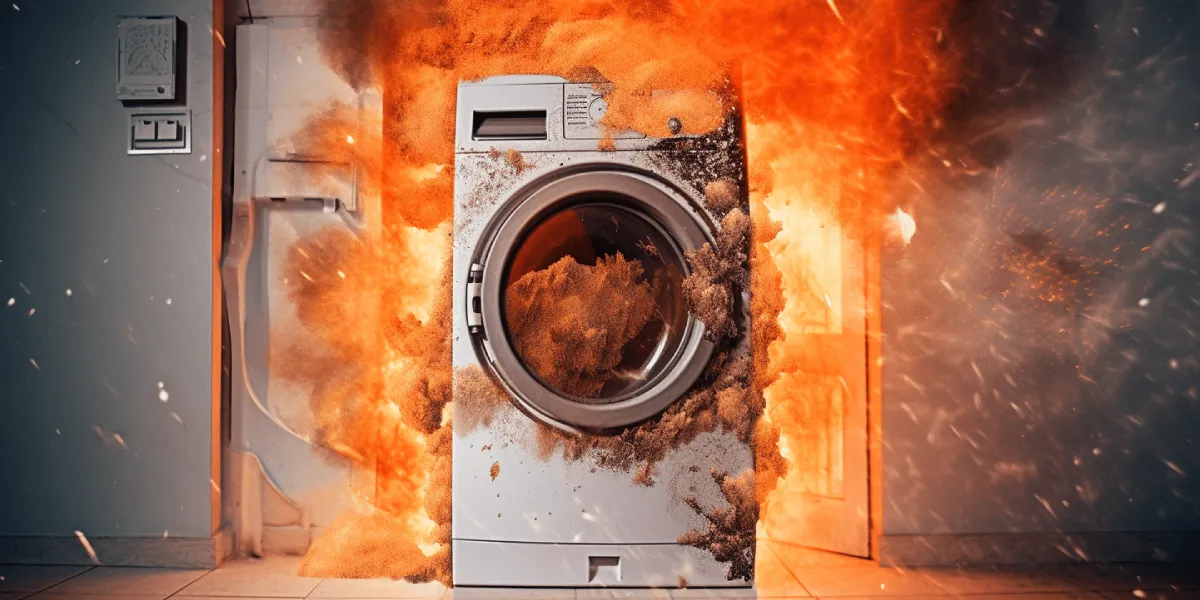
Lint buildup in dryers is a significant fire hazard. The accumulation of lint, which is composed of highly flammable fibers from clothing, dust, and hair, can ignite when exposed to heat and oxygen. This combination can lead to catastrophic fires.
The Risks of Lint Buildup
- The ignition point for dryer lint is relatively low, around 400 degrees Fahrenheit (204 degrees Celsius), which is within the operating temperature of many dryers.
- The National Fire Protection Association (NFPA) reports that 32% of dryer fires are caused by a failure to clean, with 27% of these fires starting when dust, fiber, or lint ignites.
- Dryer fires account for approximately 13,820 fires annually, with 92% of these fires involving clothes dryers.
Preventing Lint Buildup and Fires
To mitigate the risk of dryer fires, several preventive measures can be taken:
- Clean the lint filter after every load and perform periodic vent cleaning to ensure proper airflow.
- Use rigid metal ducts instead of plastic or foil accordion-style ducts, which can sag and trap lint.
- Consider hiring a professional to inspect and clean your dryer vent system annually, especially if you notice longer drying times.
Additional Safety Tips
- Do not overload the dryer, as this can increase the risk of lint buildup and fire.
- Wash clothing stained with flammable chemicals multiple times and dry on the lowest heat setting.
- Have a family escape plan and ensure all family members know how to call for emergency help
How does lint buildup in dryer vents increase fire risk?
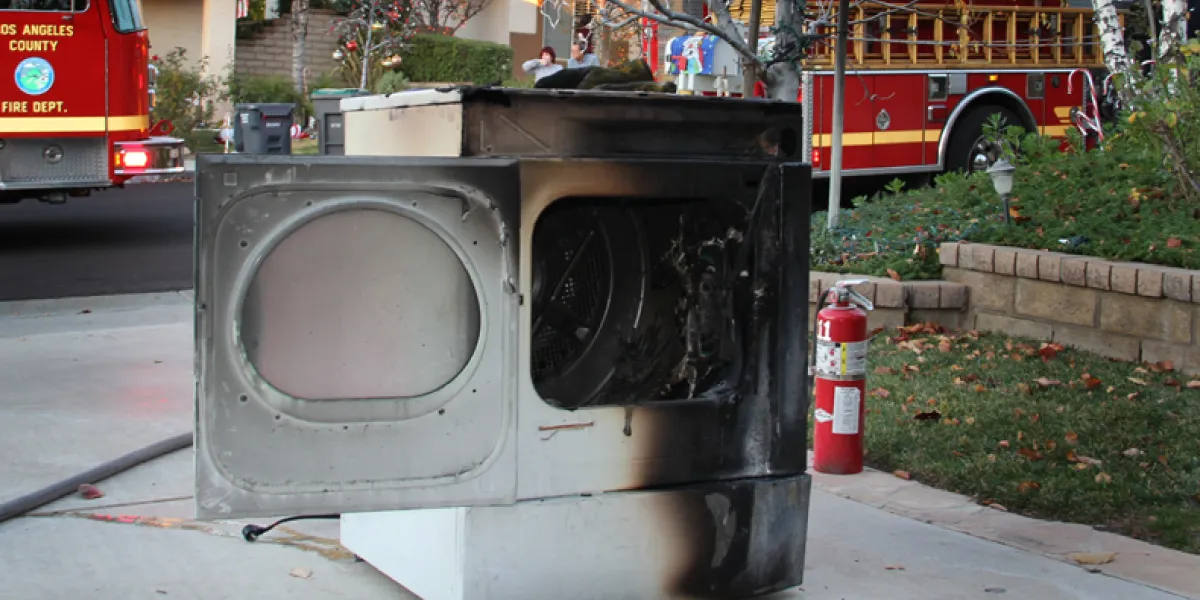
Lint buildup in dryer vents significantly increases fire risk due to several factors:
- Flammability: Lint is highly flammable, composed of tiny fibers from clothing, dust, and hair. These fibers can ignite at temperatures as low as 400 degrees Fahrenheit (204 degrees Celsius), which is within the operating range of many dryers.
- Airflow Restriction: Accumulated lint in the vents restricts airflow, causing the dryer to overheat. This overheating can lead to a fire, especially if there is a spark from friction between clothes, a malfunctioning heating element, or an overloaded lint trap.
- Ignition Points: The combination of heat, airflow, and flammable fibers creates a hazardous situation. Small sparks can ignite the lint, leading to a potentially catastrophic fire.
- Vent Clogging: Lint buildup in the vents can cause clogs, which further restrict airflow and increase the risk of fire. This is particularly dangerous in longer vent runs or when using improper venting materials.
- Neglected Maintenance: Failure to clean the lint trap and vents regularly is a primary cause of lint buildup and subsequent fires. Regular maintenance, including cleaning the lint trap after each use and periodic vent cleaning, is crucial to prevent fires.
- Statistical Evidence: The U.S. Fire Administration and the National Fire Protection Association report that thousands of residential fires are attributed to dryer-related incidents annually, with a significant portion caused by lint buildup and failure to clean.
Conclusion
Dryer lint may seem like a harmless nuisance, but its formation and potential clogging of dryer vents is a matter that should not be overlooked. By understanding how lint is created and the importance of proper vent maintenance, you can keep your dryer running efficiently and, more importantly, prevent the risk of fire in your home. Regular cleaning and awareness are the keys to ensuring a safe and functional dryer system.


